BLOG
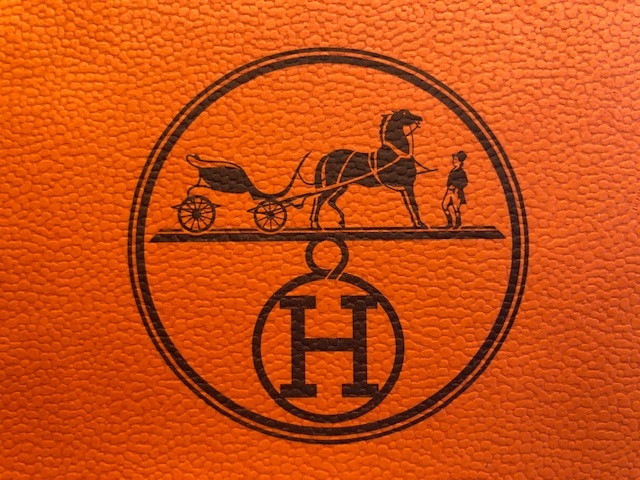
ORGANIZATIONS 3/19
For luxury brands it has been an exciting, evolving,and challenging transition period. The currentbusiness environment requires organizations to take “cross-discipline inventory”on their strengths andopportunities to improve given thebroad rangeof conditionsin play at this time.Some well-reported trends indicate thatcustomers have more choices to shop than ever, online sales are expected to double by 2025,global competitionhas accelerated,andthe shopping behaviors of younger consumersare highly variable, just to name a few.
So,with this environment in mind for 2019, there are several importantinternal priorities for brands whether they are emergingor over one hundredyears old. There is a need to develop a clear set of objectivesandcorresponding strategyas well as adedicated commitment to achieving results.Strengthening the culture throughout the organization and dedicating resources for the teams at HQ and in the field to provide an outstanding customer experienceis critical.
In addition, ensuringthe creativevision isclear, uncompromising,and providesabasis for a story distinctly well expressed through the product/servicesofferedmust be in place. This includes executing aneffectiveomnichannel investment and development plan to engagecustomers and foster growthacrossall platformsto remain competitive.All mustachievetheright balanceof retail storelocations, wholesale distribution (if applicable)and online presence,andreturn on investmentin key categories, i.e.,sales, customer experience, marketing, etc.
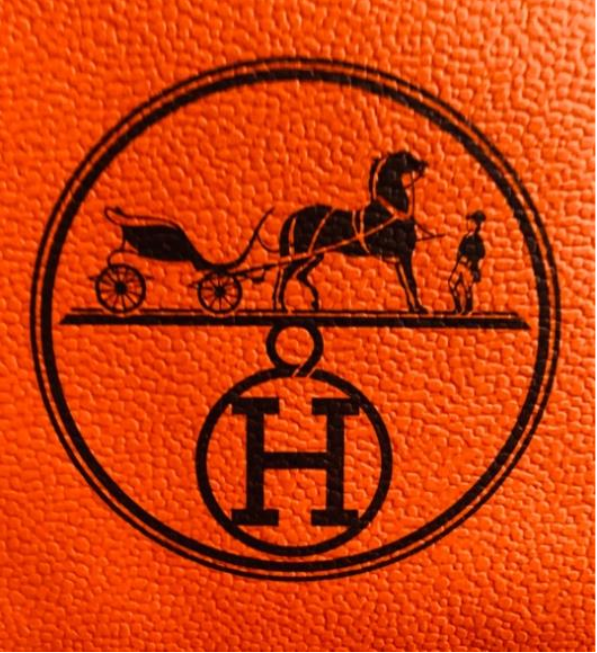
As an executive with considerable experience in the luxury fashion mono-and multibrandarenas, I have a unique perspective and understanding ofwhat is required in the corebusiness disciplines for success. There are a broad range of international fine luxury brands out there,many doing an exceptionaljob. One brand that standsouton my A-listis Hermès.
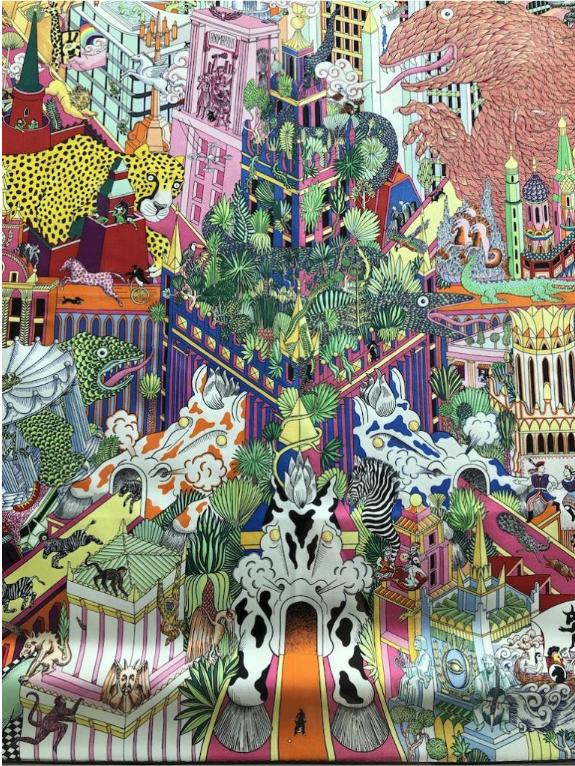
Thierry Hermès came to Paris in 1837 and founded the artisan house that has remained true to their exceptional craftmanship ever since. With a beginningin equestrian leather, their work grew to include fine workmanship in multiple categories,including silk scarves, accessories, men’s/women’s apparel, jewelry, perfumes,and home furnishings. Throughout their journey,they remained true to who they were yet clear on their path to growth ($6.8billion in sales). A third of the Hermès team are artisans, close to 4,500 people. Led by CEO Axel Dumas, a sixth-generation family member, the brand operates over 300 store locations, a rich online presence/website,and carefully curated wholesale distribution.
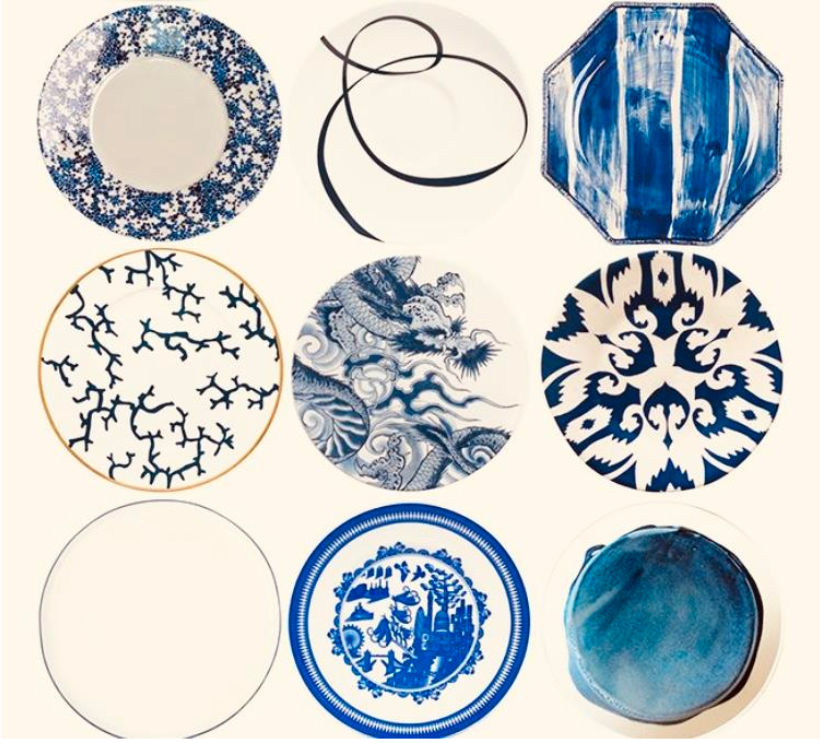
Hermès was described in a recent New York Times Style Magazine article as “politely contemptuous of glitz,”and in this way they stand apart from their contemporaries in the fast-paced world of fashion.It is an important aspect of how they speak about design to the next generation of customers, underlining their distinct identity.In the effort to build these new relationships,the brand has embarked on a careful, creative approach to their presence in a variety of formats. Carefully staged events, exhibitions,and socially responsible missions have all been met with success. “The digital world,says Dumas, ‘creates the illusion that everything is closer when in fact the important things are getting farther away.’”Each year Hermès creates a theme for its artisans in which to create. Last year it was “Let’s Play!”;this year,“In the Pursuit of Hermès Dreams.”(“Hermès’s Refusal to Change Is Its Most Radical Gesture Yet,” The New York Times Style Magazine, 2/15/19.)
“Hermes(Roman name: Mercury)was the ancient Greek god of trade, wealth, luck, fertility, animal husbandry, sleep, language, thieves, and travel. One of the cleverest and most mischievous of the Olympian gods, he was also their herald and messenger.” (“Hermes,” Ancient History Encyclopedia, 6/24/12.) Many of these characteristics of the ancient god ring true for the brand today. Hermès is well positioned to continue to remain authentic to who they are, nurture their artisans, create beautiful works, and share their story as they grow relationships in the global community.
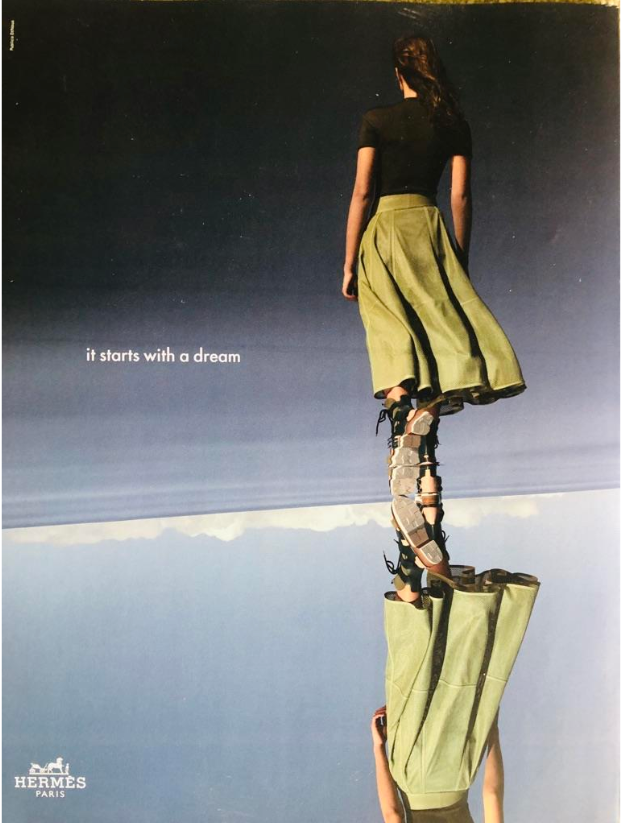
■ Hermès’s Refusal to Change Is Its Most Radical Gesture Yet
https://www.nytimes.com/2019/02/15/t-magazine/hermes.html
■ https://www.hermes.com/us/en/
■ https://www.ancient.eu/Hermes/